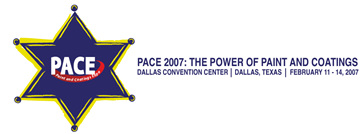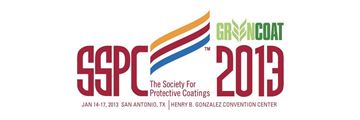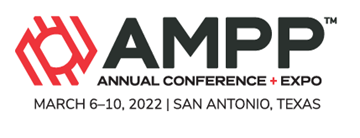Search
Products tagged with 'insulation'
View as
Sort by
Display
per page
Prediction And Mitigation Of Top Of Line Corrosion Risk Due To Damages In External Pipeline Coating
Product Number:
51321-16789-SG
Publication Date:
2021
$20.00
Preventing Corrosion under Insulation - New Generation Solutions for an Age Old Problem
Product Number:
41207-333-SG
Publication Date:
2007
$20.00
Preventing Corrosion under Insulation in Piping - Trends after Evaluating Digital Data from Thousands of Piping Circuits
Product Number:
51323-18871-SG
Publication Date:
2023
$20.00
RP0198-2004 (Chinese), The Control of Corrosion Under Thermal Insulation and Fireproofing Materials—A Systems Approach
Product Number:
21116-SG
ISBN:
1-57590-049-1
Publication Date:
2004
$179.00
Spray-On Ceramic Insulation Up To 450C And Encapsulating Existing Corrosion Without Sandblast
Product Number:
41213-776-SG
Publication Date:
2013
$20.00
Thermal & Moisture Cycling Impacts on the Corrosion Behavior of Carbon Steel Under Contacting and Contact-Free Insulation
Product Number:
51323-19171-SG
Publication Date:
2023
$20.00
Third Generation Polysiloxane Coatings For Elevated Temperature; Field Performance
Product Number:
51322-18044-SG
Publication Date:
2022
$20.00
Third Generation Polysiloxane CUI Coatings And Sprayable Insulation For Hot, Cold And Cyclic Service; Lab Testing And Five Years Of Field Experience
Product Number:
51321-16759-SG
Publication Date:
2021
$20.00








